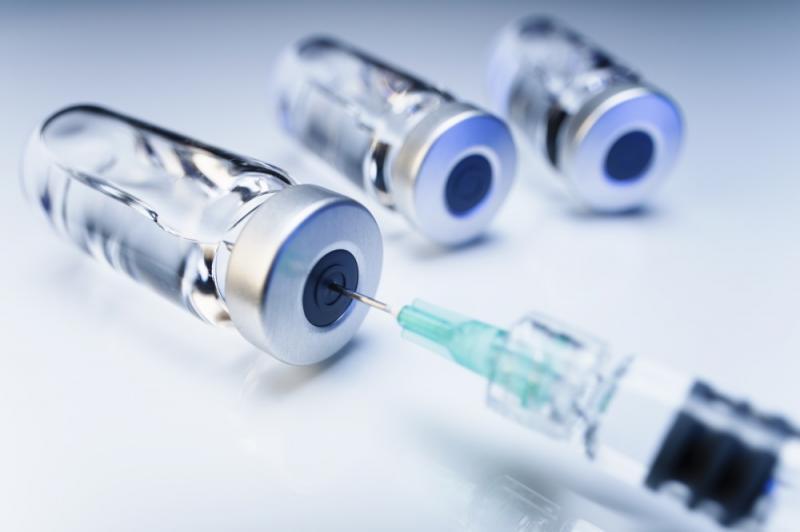Lyophilized Injectables: Benefits and Applications

Lyophilized injectables are essential to the pharmaceutical industry, particularly in the production and distribution of medications that must be readily transportable and stable for an extended period of time. The process of removing water from a product by freezing it and applying vacuum pressure, or “lyophilization” as it is frequently called, allows the ice to convert straight from without going through a liquid phase, solid to vapor. This process is commonly used to produce injectable pharmaceuticals because it offers several advantages over liquid forms.
The Process of Lyophilization
The first step in the lyophilization process is to fill vials with the medication solution. After that, the product is frozen, quickly cooling down to turn the water content into ice. Sublimation, or the direct conversion of ice to vapor, happens during the subsequent main drying step, which is carried out under low pressure and leaves behind a porous structure of the medication. Subsequently, any remaining moisture is eliminated during the secondary drying step, leaving behind a dry and stable powder. Before giving the patient the lyophilized injections, it can be reconstituted using a diluent.
Benefits of Injectable Lyophilized Materials
The longer shelf life of lyophilized injectables is one of its main advantages. The drug’s stability is greatly increased by eliminating the water content, which is a typical source of chemical deterioration and microbiological development. This enables storage of the medication for longer periods of time without losing efficacy. For biologics, vaccines, and other delicate medications that are prone to deterioration in liquid form, this is especially crucial.
The convenience of transportation is another benefit. Because lyophilized medications are more stable at ambient temperature, fewer expensive and complicated cold chain logistics are required. Lyophilized injectables are therefore particularly advantageous for distribution in isolated or resource-constrained environments where refrigeration might not always be possible.
Additionally providing versatility in medication delivery are lyophilized injectables. They may be reconstituted right before use, reducing the chance of contamination and enabling accurate dosage. This is especially important in medical contexts where precise and clean dosage is required.
Utilizations in Contemporary Medicine
Lyophilized injectables are widely used in many therapeutic domains, such as infectious disorders, cancer, and vaccinations. For instance, peptide-based medications and many monoclonal antibodies are frequently prepared as lyophilized powders because they are heat-and moisture-sensitive. Lyophilization is a common technique used by vaccines, especially those for viral diseases, to preserve their stability and effectiveness over time.
Difficulties and Opportunities for the Future
Notwithstanding all of the benefits, lyophilization is a labor-intensive and intricate procedure that necessitates exact temperature and pressure control to guarantee product quality. Furthermore, lyophilized injectables often have greater development and manufacturing costs than liquid formulations.
Ongoing developments in lyophilization technology, such as those related to process control and monitoring, should, nonetheless, simplify operations and save costs. Lyophilized injectables are expected to become more crucial to modern medicine as the need for biologics and other sensitive medications grows, since they guarantee the stability, safety, and effectiveness of vital medicines.
- Art
- Causes
- Crafts
- Dance
- Drinks
- Film
- Fitness
- Food
- Oyunlar
- Gardening
- Health
- Home
- Literature
- Music
- Networking
- Other
- Party
- Religion
- Shopping
- Sports
- Theater
- Wellness
- IT, Cloud, Software and Technology


